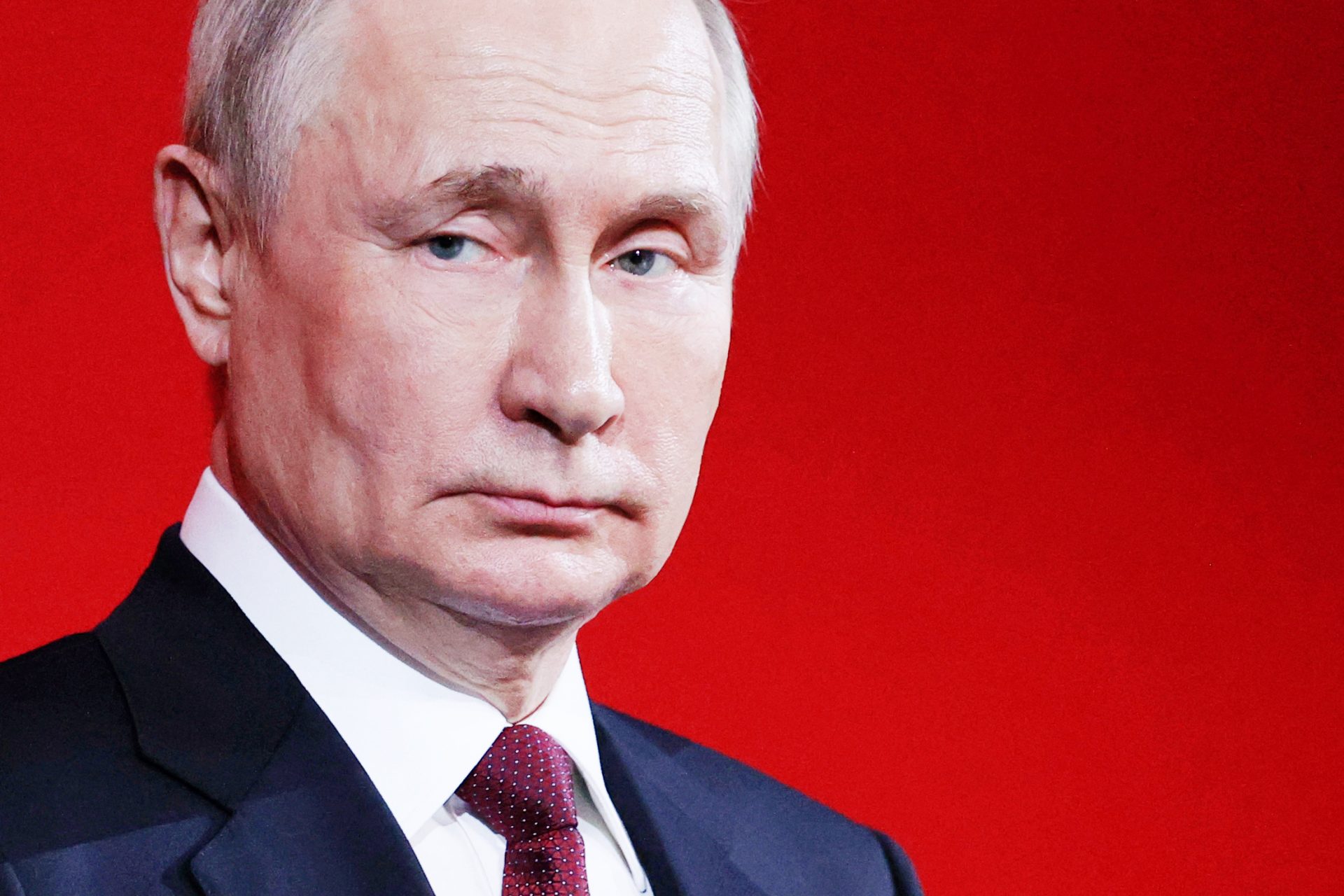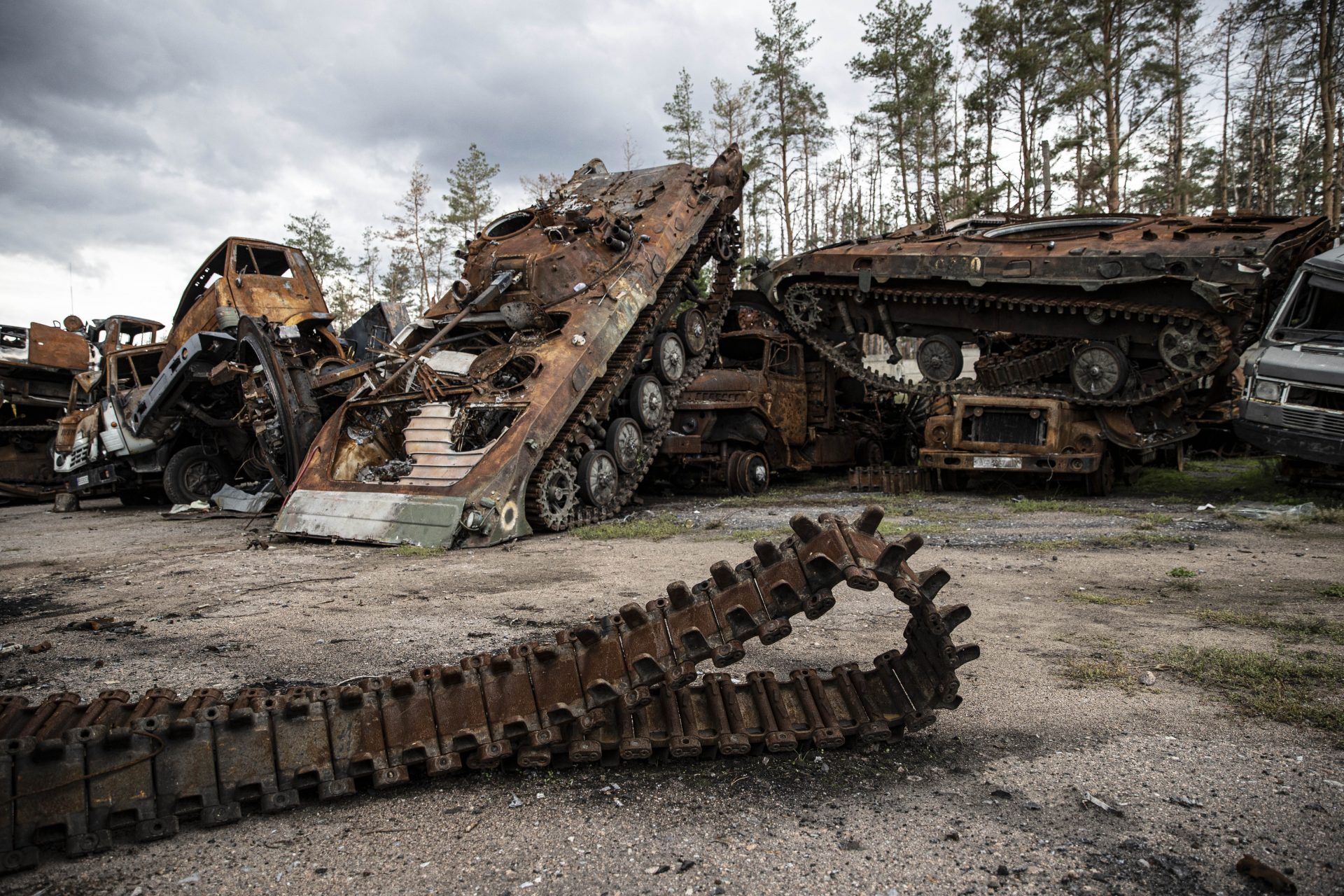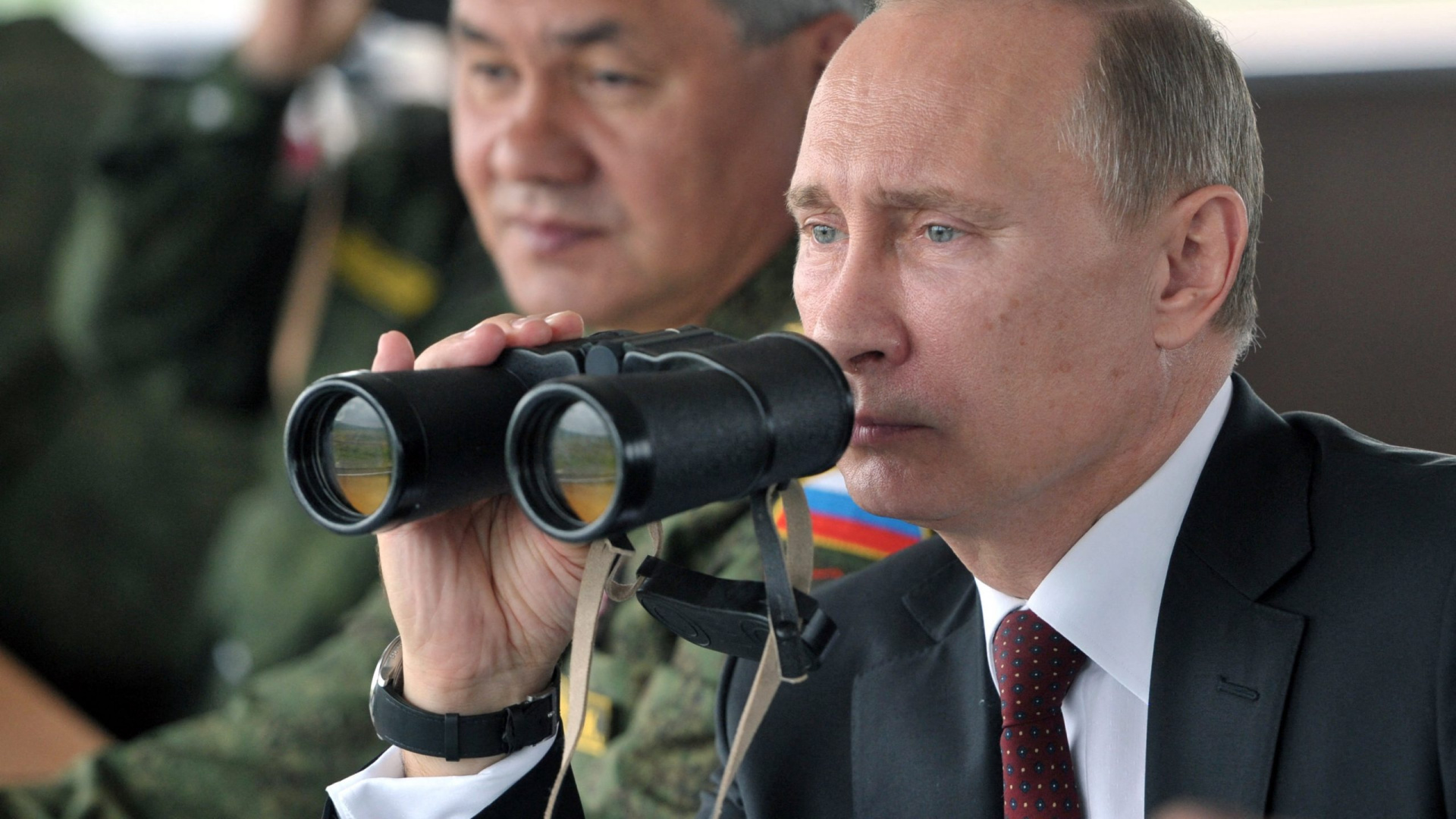This is Ukraine’s 12-step plan for the de-occupation of Crimea
On April 1st, the Secretary of Ukraine’s National Security and Defense Council Oleksiy Danilov announced his country’s 12-step plan for the de-occupation of Crimea once the peninsula has been recaptured after its long 8-plus year annexation by Russia.
For months, officials at every level of Ukraine’s government have been talking about the necessity of retaking the Crimea Peninsula from Vladimir Putin. It’s such an important symbol that the Ukrainians have turned it into an official war aim according to France 24.
"It began with Crimea, it will end with Crimea," President Zelensky said, quoting the jailed Crimean activist Nariman Dzhelyal at Davos in August according to Newsweek.
But many onlookers and political analysts have questioned how the return of Crimea would work in the event of its recapture. So how exactly can Ukraine reintegrate a territory that was annexed in 2014?
Luckily, Ukraine’s top minds have been thinking about how they will bring Crimea back into the fold if and when they retake the peninsula, and they released a pragmatic and 12-step plan that could actually work. Let’s take a look at each point with a translation from Ukrainska Pravda’s Roman Petrenko.
It’s really telling that the first point in Danilov’s plan is the designing of a monument to the border guards who said: "Russian warship, go F yourself.” This was the first major symbol of resistance in the war and a reminder of it will be placed somewhere in Crimea pending public discussion on the design.
Those who collaborated with Russia or committed treason before or after the annexation will be investigated in order to determine their level of responsibility and the degree of their involvement. Anyone found to have supported the occupation administration will be restricted from voting in elections and will not be allowed to participate as a political candidate.
Any law enforcement officers, judges, prosecutors, or civil servants employed by the Ukrainian government who worked in the same capacities for Russia will be investigated by Ukranian courts to assess their criminal liability.
Even if someone is not determined to have had any criminal responsibility, they will still lose their state pension and will be banned from being employed by any state bodies as well as any local government bodies according to the 12-step plan.
This point could prove complicated since it determines that Russia or the legal state that succeeds the current nation will extradite all traitors and war criminals who committed crimes in Crimea, regardless of whether or not they have Ukrainian citizenship.
This point would seem to indicate that if Ukraine recaptured Crimea, it would have done so in a situation where Russia surrendered under unfavorable terms or the whole country collapsed and was replaced, both of which are highly unlikely outcomes.
Propagandists, journalists, and media personalities found to have collaborated in any way or assisted in inciting violence against Ukrainians or other nationalities in Crimea will be investigated and turned over to international law enforcement if necessary.
Any Russian citizens who moved to Crimea illegally during the occupation and are still residing there upon Crimea's recapture will be asked to leave within a reasonable time limit determined by law.
Any transaction not covered by Ukranian law since the occupation began will be made null and void, including real estate transactions. Danilov’s plan claimed Ukrainian law has covered Crimea for the last nine years so ownership rights remain “with the citizens of Ukraine.”
The eighth point of the plan calls for the dismantlement of the Kerch Bridge in order to “ensure complete freedom of navigation under the damage compensation programme.”
Ukrainian authorities will implement a program to remove Russian propaganda from the consciousness of the residents of the Crimean Peninsula using similar methods to those employed by the Allies against Nazi Germany after the end of World War II.
There will be a series of public works projects to restore destroyed Ukrainian cities, and the bodies of those who were subject to Russian violence will be exhumed and properly reburied in order to provide further evidence of Russia’s crimes in Ukraine.
Ukrainian authorities plan to create a comprehensive database of all Russian crimes committed against those who resisted the occupation of Crimea. The rights of Ukrainian citizens and Crimean Tatars would also be restored according to the plan.
Any Ukrainians, Crimean Tatars, or citizens of Ukraine held by Russia on political grounds will be released. Those who faced persecution will also be compensated for “moral damage caused,” though the plan didn’t provide any details for which country would compensate the aggrieved.
Danilov’s final point called for the renaming of Sevastopol in order to neutralize the ideological significance the name holds over the Russian population. The plan suggested the new name of the city could be Object No. 6, at least until The Verkhovna Rada of Ukraine could choose a more appropriate name.
While the plan for Crimea’s de-occupation may seem harsh, it does make a lot of sense, and striking the right balance between punishment and de-occupation will be key to the future peace of the peninsula if Ukraine does reconquer the annexed territory.
Mikhail Razvozhayev is the current Kremlin-appointed head of Sevastopol and he called Ukraine's de-occupation plan "sick" according to CBC News, who quoted him from a recent interview with The Russian News Agency (TASS). "It would be wrong to seriously treat comments by sick people," Razvozhayev added. They must be cured, and that's what our military is doing now."
More for you
Top Stories



































